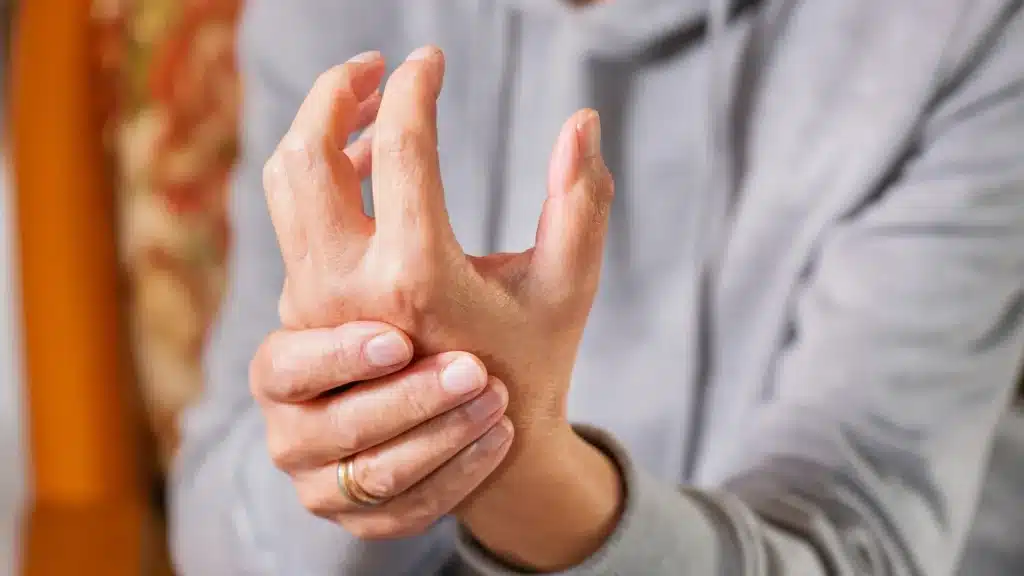Leech therapy has been explored as a complementary treatment for various conditions, including rheumatoid arthritis (RA), due to its potential anti-inflammatory and pain-relieving effects.
🧬 How Leech Therapy Helps with Rheumatoid Arthritis
Leech saliva contains over 100 biologically active compounds, some of which are especially relevant for RA:
| Enzyme/Protein | Potential Benefit for RA |
|---|---|
| Hirudin | Natural anticoagulant → improves circulation and reduces clotting around inflamed joints |
| Bdellins & Eglins | Anti-inflammatory effects → may reduce joint swelling and pain |
| Hyaluronidase | Improves tissue permeability → may support detoxification in inflamed areas |
| Calin | Inhibits platelet aggregation → encourages microcirculatory healing |
However, whether it’s suitable for your specific case depends on several factors. Here’s what you need to know:
Can Leech Therapy Help with Rheumatoid Arthritis and Swollen Knees?
- Anti-Inflammatory Effects: Leech saliva contains substances (like hirudin and bdellins) that may help reduce inflammation, which could provide relief for swollen joints caused by RA.
- Complementary Treatment: Leech therapy is not a cure for rheumatoid arthritis but may be used alongside conventional treatments (like medications or physical therapy) to manage symptoms.
Pain Relief

Patients report reduced pain and improved mobility after leech therapy!
… as the therapy improves the blood flow and reduce pressure in the affected joint.
Important Considerations
Before trying leech therapy, it’s crucial to discuss it with your rheumatologist or healthcare provider.
…as They can assess whether it’s safe for you, especially if you’re on medications like blood thinners or immunosuppressants.
- Underlying Condition: Since rheumatoid arthritis is an autoimmune disease, the swelling in your knee is likely due to inflammation caused by the condition. Leech therapy might help temporarily, but it won’t address the root cause of RA.
- Individual Response: Not everyone responds the same way to leech therapy. Some people may experience significant relief, while others may not notice much difference.
Next Steps
- Talk to a Specialist: Reach out to our practitioner experienced in leech therapy and discuss your condition. We can evaluate whether it’s appropriate for your swollen knee.
- Combine Therapies: Leech therapy may work best when combined with other RA treatments, such as medications, physical therapy, or lifestyle changes.
- Monitor Your Health: If you decide to try leech therapy, ensure it’s done in a safe, professional environment, and keep your doctor informed.
Rheumatoid arthritis (RA) is an autoimmune disease where the immune system mistakenly attacks the body’s own tissues, particularly the synovium (the lining of the joints). This leads to chronic inflammation, which causes swelling, pain, and eventually joint damage. While leech therapy provides temporary relief by reducing localized swelling and improving blood flow (due to the anticoagulant and anti-inflammatory properties of leech saliva), it does not address the underlying autoimmune dysfunction that drives RA.
The root cause of RA involves a complex interplay of genetic, environmental, and immunological factors. To effectively manage RA, treatments typically focus on:
- Disease-Modifying Antirheumatic Drugs (DMARDs): These medications, such as methotrexate, target the immune system to slow disease progression and prevent joint damage.
- Biologic Agents: These are advanced DMARDs that target immune pathways involved in inflammation, such as TNF inhibitors or IL-6 inhibitors.
- Corticosteroids: These can reduce inflammation and suppress the immune system but are usually used short-term due to side effects.
- Lifestyle Modifications: Regular exercise, a balanced diet, and stress management can help manage symptoms and improve overall health.
- Physical Therapy: This can help maintain joint function and reduce pain.
Leech therapy, while potentially providing symptomatic relief, does not modulate the immune system or address the systemic nature of RA. Therefore, it is not a substitute for evidence-based medical treatments.
Leech therapy provides some temporary symptomatic relief for rheumatoid arthritis (RA)
but its benefits are limited and not well-supported by robust scientific evidence. Here’s how it might help and why its effects are minimal:
Potential Benefits of Leech Therapy for RA:
- Anti-Inflammatory Effects: Leech saliva contains substances like hirudin (an anticoagulant) and other compounds that may reduce localized inflammation and swelling in the affected joint.
- Pain Relief: By reducing swelling and improving blood flow, leech therapy might temporarily alleviate pain in the affected area.
- Improved Blood Circulation: Leech therapy can help remove stagnant blood and improve microcirculation around the joint, which might provide some relief.
Why It Doesn’t Help Much:
- Temporary Relief: Any benefits from leech therapy are short-term. It does not address the underlying autoimmune process driving RA, so symptoms will likely return.
- No Disease Modification: Leech therapy does not slow disease progression or prevent joint damage, which is the primary goal of RA treatment.
- Limited Evidence: While some small studies suggest leech therapy might help with pain and swelling in osteoarthritis or other localized conditions, there is no strong evidence supporting its use for RA specifically.
Leech therapy might provide minor, temporary relief for symptoms like swelling or pain in the affected joint, but it is not a meaningful or long-term solution for RA. For effective management of RA, it’s essential to rely on evidence-based treatments like DMARDs, biologics, and lifestyle modifications, which target the root cause of the disease and prevent joint damage.
🌿 Benefits for RA Patients
- Reduced joint pain and swelling
- Improved flexibility and mobility
- Decreased stiffness, especially in the morning
- May lessen reliance on pain medication over time
- Supports detoxification in chronically inflamed areas
